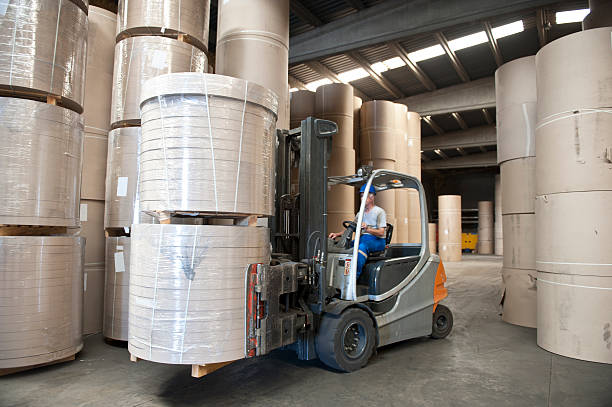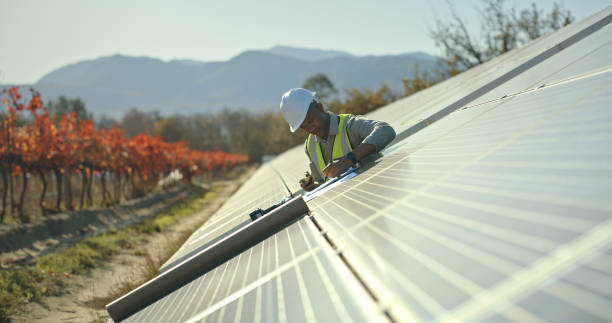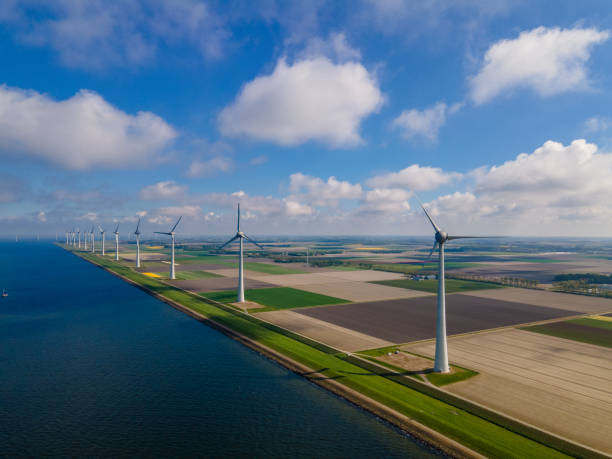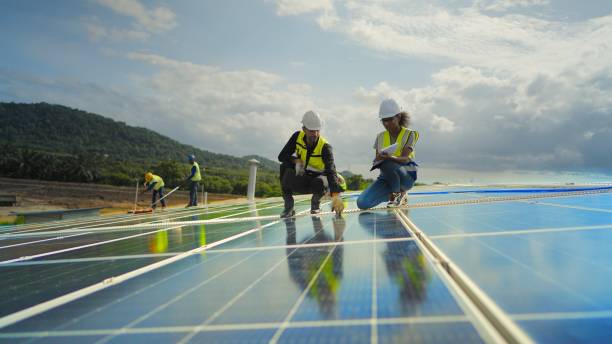In a satisfying turn of events, the paper industry, which has historically faced criticism for its impact on forests and ecosystems, is now embracing innovative strategies to balance profitability with environmental responsibility.
Yes, sustainability in paper production is now mainstream — thanks to a wider understanding of its environmental impact. This movement isn’t just eco-friendly; it’s carving out new market niches, too.
JOIN THE ALLIANCE, BECOME ECO-FRIENDLY: Request a Free Assessment
According to data from MarketsandMarkets, the sustainable packaging sector is expected to reach $117.3 billion by 2025 from USD 84.0 billion in 2020, at a CAGR of 5.6% during the forecast period. Sustainable papermaking reduces resource use and waste, from sourcing materials to managing water, energy, and waste. Technological advances and green initiatives are making a sustainable paper industry more and more achievable.
Here are five green and sustainable manufacturing strategies that can help paper papermakers thrive while minimizing their ecological footprint:

In this blog, we break down the five main strategies for sustainable papermaking:
- Alternative Raw Materials
- Energy-Efficient Technologies
- Water Conservation
- Certifications and Labels
- Circular Economy Approach
1. Alternative Raw Materials
Traditional wood-based pulp is no longer the only option. Bamboo, recycled materials, or other agricultural waste can help conserve resources. Bamboo proliferates, needs less water, and doesn’t deplete forests.
Recycled materials reduce the demand for virgin wood, making paper production more sustainable. Even algae and mycelium are on the rise. Algae-based paper absorbs carbon dioxide during growth, making it an eco-friendly choice.

2. Energy-Efficient Technologies
Digital technology is now writing the future of the pulp and paper industry. Set to save up to $20 billion by 2025, the sector is driven by enhanced process intelligence and control. Adopting a digital paper mill environment is everything for competitiveness, especially since energy management in manufacturing is one of the largest expenses for small and medium companies. Industry 4.0 tech streamlines operations through real-time monitoring, automated analysis, and remote problem resolution.
This approach boosts productivity and cuts costs while supporting sustainability through less waste— safer decisions. The transition to digital involves a collaborative effort to innovate, ensuring the industry’s future is profitable and sustainable.

3. Water Conservation
Water conservation in papermaking is both a response to water scarcity and a way to improve energy use. Leading paper production lines manage to use 1,000 to 2,000 gallons of water per ton of paper, and some are even achieving the goal of zero water discharge. This shows that using less water in manufacturing is entirely possible and practical.
The strategy is simple: reduce, reuse, recycle. By adjusting machinery to need less water and setting up systems to reuse water—like closed-loop systems—the paper industry is making big strides in reducing its environmental footprint. Adopting methods for the mechanical and chemical reuse of water further supports this effort.

4. Certifications and Labels
Manufacturers should obtain certifications such as FSC (Forest Stewardship Council), PEFC (Programme for the Endorsement of Forest Certification), or ISO 14001:2015. Their paper products come from responsibly managed forests. Displaying these green and sustainable manufacturing certifications enhances your brand’s credibility in the long run. Industry leaders like GENEDGE provide business growth consultancy for manufacturers seeking these certifications.
5. Circular Economy Approach
Adopting a circular economy model radically shifts the narrative for green manufacturers in the paper industry. At the heart of this approach is the transformation from the traditional linear economy’s “take, make, dispose” model to one that is regenerative and restorative by design.
A circular economy model for papermaking means designing products to last longer, be easily fixed, and be recycled. This approach helps cut down on waste and reduces reliance on limited resources, keeping operations sustainable by saving important materials.

This means creating a system where everything gets reused—water gets cleaned and reused, leftover materials and chemicals get recycled, and any waste biomass is turned into energy. These steps make sure resources are used wisely, helping the paper industry stay strong even when faced with unexpected problems like changes in politics, natural disasters, or shifts in the market.
Through utilities and renewable energy consulting, paper companies can keep running smoothly, stay competitive, and adjust to new developments. Engage all these green strategies and more for your papermaking company with a free GENEDGE assessment.


